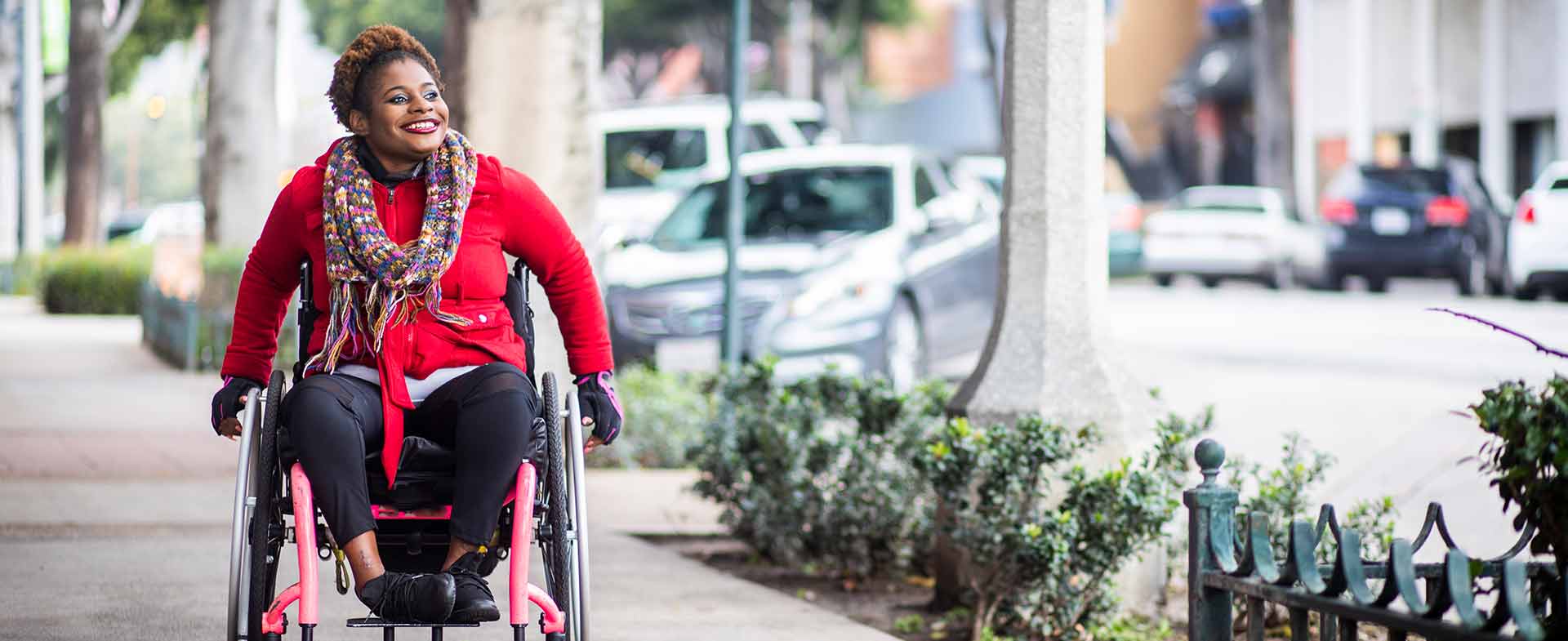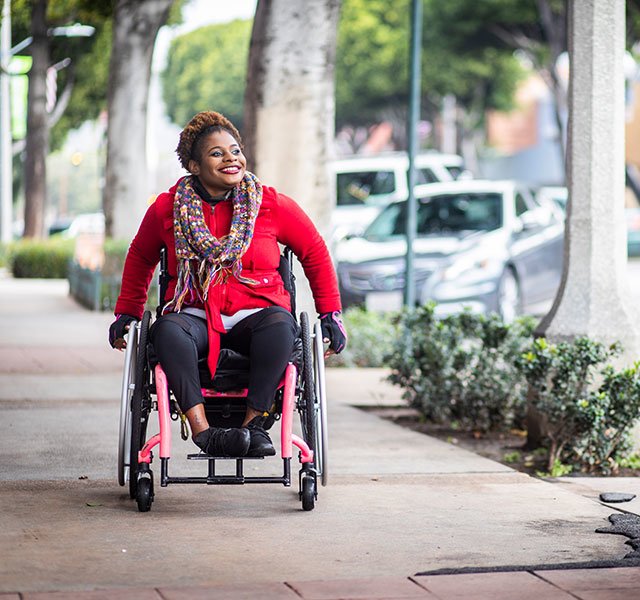Beginning an exercise program can feel like a daunting task for anyone, but when there is a physical limitation or disability involved, it can feel so overwhelming that some people choose not to begin at all.
According to the American Heart Association, it is recommended that adults get 150 minutes of moderate intensity exercise per week, including moderate to high intensity strength or resistance training twice a week.
“These guidelines can help you to set exercise goals but if you are finding that you are having difficulty meeting these recommendations, do not stress,” says Romina Bello, a physical therapist for Henry Ford Health “The most important thing is that you just keep moving. Any amount of consistent exercise is better than no exercise at all, especially in the presence of a physical limitation.”
Studies show that people with physical limitations and disabilities are at risk for increased muscle loss and the adverse effects associated with a sedentary lifestyle. Often, this isn’t related to the person wanting to be inactive, but more so because they are unsure of where to begin.
How To Begin A Regular Exercise Routine
Starting an exercise regimen doesn’t have to be complicated. You can utilize many of the items you already have at home to provide resistance and strength training. Items like cans of soup, filled water bottles and your own body weight can provide the resistance you need to build muscle. Be creative with it! If you feel like you need more help in designing a program, you can always ask your physician for a referral to see a physical therapist who can guide you down the best path for your exercise goals.
“Participating in an exercise program can have positive effects on blood pressure, joint integrity and helps with maintaining a healthy weight, plus, the release of endorphins can help with mood and mental wellbeing,” says Bello. “If exercising for a big chunk of time during the day doesn’t seem feasible, break down the exercise into smaller sessions. There is nothing wrong with doing two 30-minute sessions instead of an hour straight.”
Incorporating Your Physical Limitation Into Your Exercise Routine
Don’t feel limited by the assistive equipment/devices (wheelchair, cane, etc.) you may need to use in your daily life when it comes to your exercise regimen. Use them! Incorporate them into your routine for both aerobic and strength training. Bello shares some examples of workouts you can do using your equipment:
- Chair pushups. While seated in your wheelchair, place your hands on the arms of the chair. Using your upper body strength, lift yourself up until your arms are fully extended and then slowly lower yourself back down. If you are unable to get to full extension, just do as much as you can and work towards being able to get full extension. This type of an exercise is great for upper body strengthening using your own body weight as resistance.
- Wheelchair cardio. You get a good workout from your wheelchair independently too. Using your arms to propel your wheelchair down the block is a great workout for those that are able to tolerate it. If you are in an area where pavement has a bit of an incline, you can add some resistance to your cardio workout.
- Boxing. In either a standing or seated position, play around with different moves like a jab, hook or uppercut. Speed up the moves to increase the intensity and to get your heart rate up. Remember to start slow and take breaks when necessary.
Socialize While You Exercise
Joining exercise groups with others that may have the same disability or functional limitation can also be a fun way to keep you motivated and moving. Exercising with a partner or trainer keeps things engaging and allows you to socialize in an environment that can be different from the average daily activities we do.
Your exercise journey always begins with that first step. Whether that step is big or small, the benefits you will experience will keep you going. Before beginning any exercise program, talk with your doctor about what their expectations for exercise may be for you as it relates to any underlying conditions or injuries you may have.
“If you find that performing your activities of daily living are getting easier because you are stronger, or you don’t get as fatigued during them, you are winning,” says Bello. “When starting an exercise program, winning doesn’t have to mean that you finished the race first. It means you started and are meeting the goals that help you cross your finish line.”
To find a doctor at Henry Ford, visit henryford.com or call 1-800-436-7936.
Romina Bello, PT, DPT, is a physical therapist for Henry Ford Health. She also works as the critical care coordinator for the early rehab program at Henry Ford Hospital.



